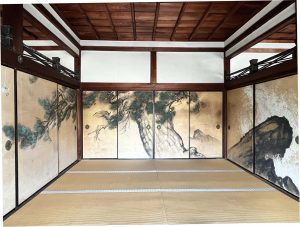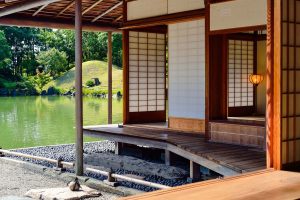“What is the value of an art created by a human?”
As AI-generated arts become more prevalent, this question will become more and more relevant.
We have taken a fresh look at the nature of the value of human arts.
A human art value will continue in the future.
The reason for this is because they have a “humanity” that AI does not have.
☑Table of Contents of this article
- Value of an art beyond past works.
- Value of an Art that people cannot explain.
- The value of an Art is the human sense of swaying and blurring.
Value of an art beyond past works.
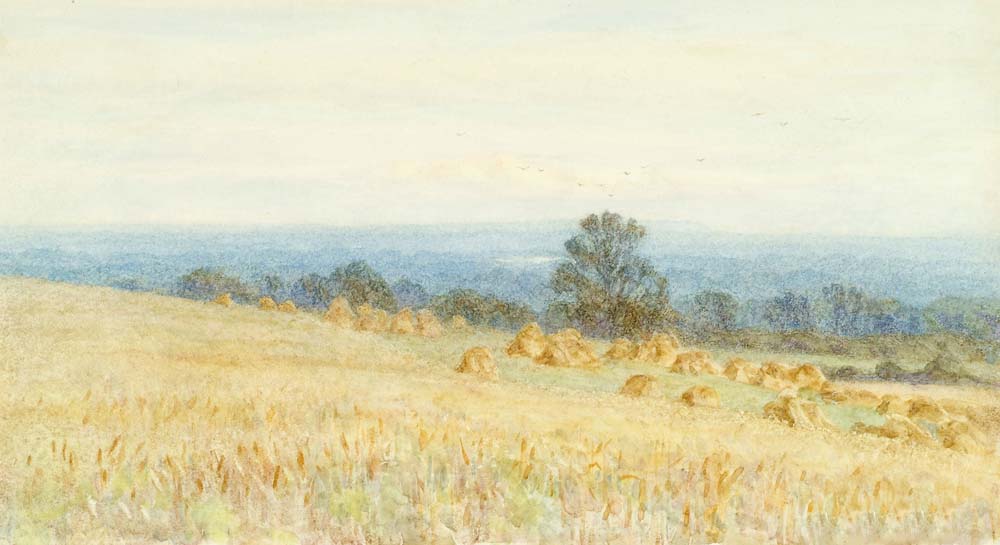
Through inspiration, human artists create new perspectives and styles in their paintings that transcend past works.
At that time, reference materials are not necessary.
The reason for this is the ability to “come up with an idea”.
Since AI-generated arts based on data from past works, it cannot intuitively create something that has never existed before.
This is because it requires original data and information.
New art that has never existed before will continue to be created by human hands.
For your information, under current Japanese law, AI paintings have no copyright.
If you would like to know more about copyrights for one-of-a-kind paintings, please see the following article.
>> Commercial Use Of A Painting You Bought – Japanese Copyright
Value of an Art that people cannot explain.

AI can create designs with reference materials.
For example, painting a work that resembles a particular artist, work, or style.
AI can create anything that they can explain.
The value of art that humans create is that you cannot explain all in words.
Of course, you can describe a work of art, but the work contains more elements than you can explain by those words.
The artist often expresses herself unconsciously without realizing it.
The meaning of a work of art changes depending on the viewpoint of the person looking at it.
Art is profound because the viewer can interpret it freely .
The essence of art is that it is vague.
This is the true value of a work lies.
Computers are good at drawing things that they can explain.
On the other hand, it is only human beings who can draw things that are vague and they cannot explaine.
Works that have no answers will continue to be drawn by humans.
For your reference, the following article describes how to enjoy an abstract art. Please also see here.
>> What Makes Abstract Art Good?You Decide What Is Expressed
The value of an Art is the human sense of swaying and blurring.
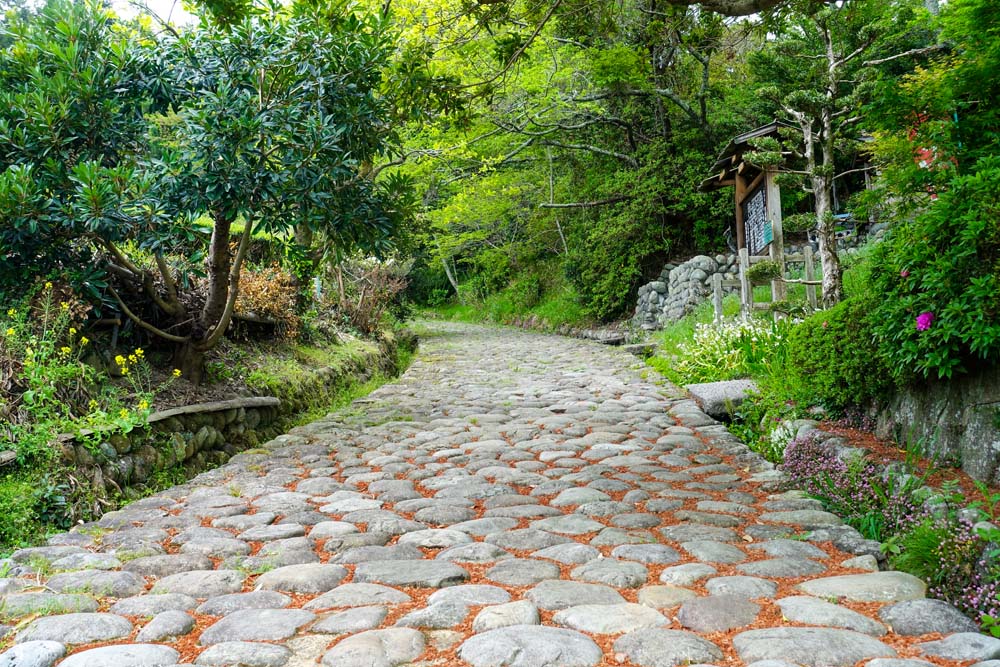
Why does you feel comfortable?
Stone pavement of the old Tokaido-way Kanayazaka-hill
For example, there is a road people call “Tokaido” in Japan.
Tokaido is an old Japanese highway that runs from Sanjo Ohashi (bridge) in Kyoto to Nihonbashi in Edo (present-day Tokyo).
Hiroshige Utagawa’s ukiyoe work “The Fifty-three Stations of the Tokaido” depicted the Tokaido Highway.
The old roads including the Tokaido Highway, are easy and pleasant to walk along.
This is partly, of course, due to the fact that Japanese people built the roads in places that they chose to walk on easily.
In addition, they probably designed the roads themselves to be easy to walk on.
The roads that have existed in Japan since ancient times are not straight.
They have gentle curves on both sides.
On the other hand, roads in newly planned cities are straight in Japan.
They may planned them with ease of driving in mind.
Both the old Tokaido and the roads of planned cities are walkable.
This is the same as being able to see both human-drawn art and AI-drawn art as pictures.
Old Tokaido and other old city roads are easy to walk on and do not tire the mind even after a long walk.
However, sidewalks in planned cities become boring after walking for a while. This is because the paths are too monotonous.
From this difference, I realized that it is easier to walk on a road if it is “shaky”.
It is easier to walk on a road when it is not a perfectly straight line.
The planned and constructed one is perfect, but the senses are not attracted to it.
To the human senses, it is more comfortable to walk on a road that is not perfectly straight.
This swaying of the human senses is easier to understand when a road represent.
Attractiveness of the human senses
We can say the same of arts from the above.
A human being create an art with human senses, even if the work has perfectly balance as a design.
A computer-generated art does not show the sway of the human senses in the work.
This element created by the human senses is a pleasant sensation for the viewer.
It is not obvious at a glance at an art, but it becomes an attraction of the work before you notice.
Human arts are not perfect, which is why they are so captivating.
Right now, the “art” generated by AI is two-dimensional, but as technology advances, it is expected to expand to three dimensions.
However, AI will not be able to produce human-like works that are shaky and blurred.
For your reference, we described the Goal of Sustainable Art in the article, The Hidden Goal of Sustainable Art [Ultimately, Zero Waste]. Please take a look.
New Arrivals
-
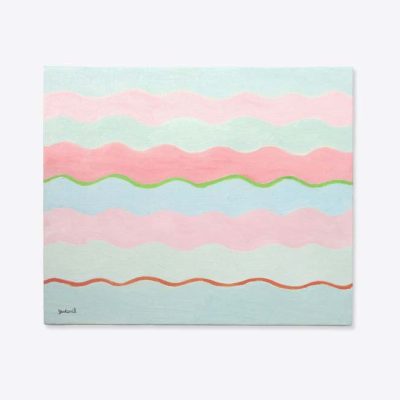 Gentle Flow$1,705.00
Gentle Flow$1,705.00 -
 Go Into The Light$1,364.00
Go Into The Light$1,364.00 -
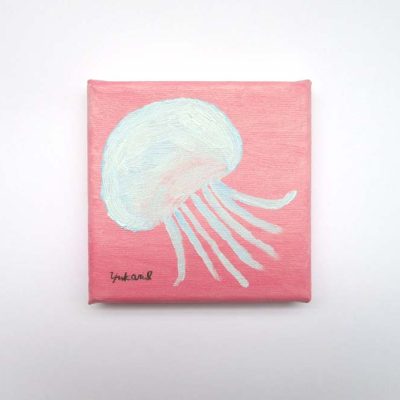 Jellyfish Dream$616.00
Jellyfish Dream$616.00


